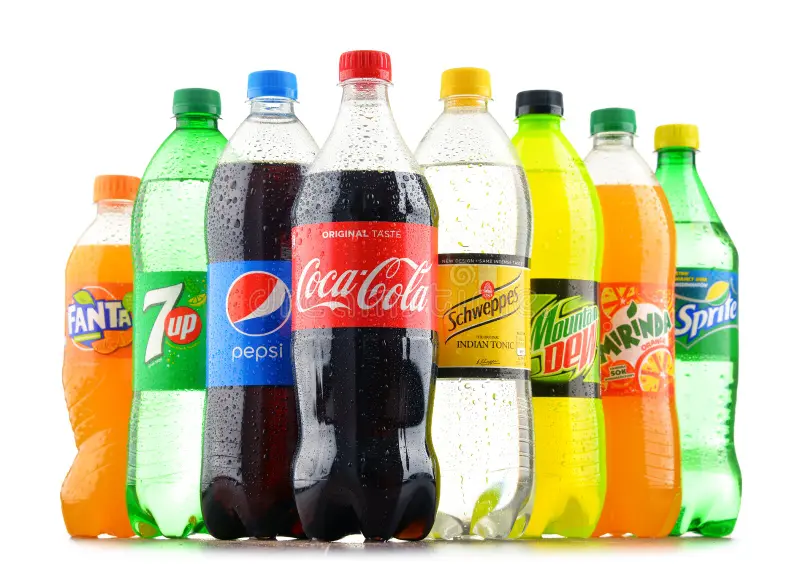When it comes to choosing a refreshing beverage, the options can be overwhelming. Among the most popular choices are sparkling and regular soft drinks. While they might seem similar at first glance, there are several key differences between the two. Understanding these differences can help you make an informed decision about which one is right for you.
1. Carbonation
The most obvious difference between sparkling and regular soft drinks is carbonation. Sparkling soft drinks contain carbon dioxide gas, which gives them their characteristic fizz. This effervescence can enhance the sensory experience of drinking, providing a tingling sensation on the tongue. Regular soft drinks, on the other hand, are flat and do not contain any carbonation. The absence of bubbles makes them smoother and less likely to cause bloating.
2. Taste and Flavor
Carbonation can influence the taste and overall flavor profile of a beverage. Sparkling soft drinks often have a sharper, more pronounced flavor due to the bubbles carrying the taste molecules to the taste buds more effectively. This can make the flavors seem more intense and refreshing. In contrast, regular soft drinks have a more straightforward taste, as the lack of carbonation allows the sweetness and other flavor notes to come through more clearly.
3. Health Considerations
When it comes to health, both sparkling and regular soft drinks have their pros and cons. Sparkling soft drinks, especially those without added sugars or artificial sweeteners, can be a healthier option as they are often calorie-free. They can also aid in digestion and provide a feeling of fullness, which might help with portion control. However, the carbonation can sometimes cause bloating and discomfort in some individuals.
Regular soft drinks, especially those that are sugar-laden, can contribute to a range of health issues such as obesity, type 2 diabetes, and dental problems. The high sugar content and calories can be detrimental to a balanced diet if consumed in excess. For those who are health-conscious, opting for diet versions of regular soft drinks might seem like a better option, but these often contain artificial sweeteners, which come with their own set of health concerns.
4. Versatility and Uses
Both sparkling and regular soft drinks have their own unique uses. Sparkling soft drinks are often enjoyed on their own as a refreshing beverage or mixed with other drinks to create cocktails and mocktails. They can also be used as a mixer in alcoholic beverages, adding a delightful fizz.
Regular soft drinks are versatile in their own right. They are commonly used in cooking and baking, adding sweetness and moisture to various recipes. Additionally, they can be used as a marinade or sauce base, providing a unique flavor profile to dishes.
5. Personal Preference
Ultimately, the choice between sparkling and regular soft drinks comes down to personal preference. Some people love the fizzy sensation and the way it enhances flavors, while others prefer the smoothness and straightforward taste of regular soft drinks. It's important to consider your own taste preferences, dietary goals, and how your body reacts to carbonation when making your choice.
Conclusion
Both sparkling and regular soft drinks have their own distinct characteristics and can be enjoyed in different ways. Whether you prefer the bubbly, refreshing experience of a sparkling soft drink or the smooth, straightforward taste of a regular one, understanding the key differences can help you make an informed choice. Remember to consume any soft drink in moderation, keeping in mind your overall health and wellness goals.




